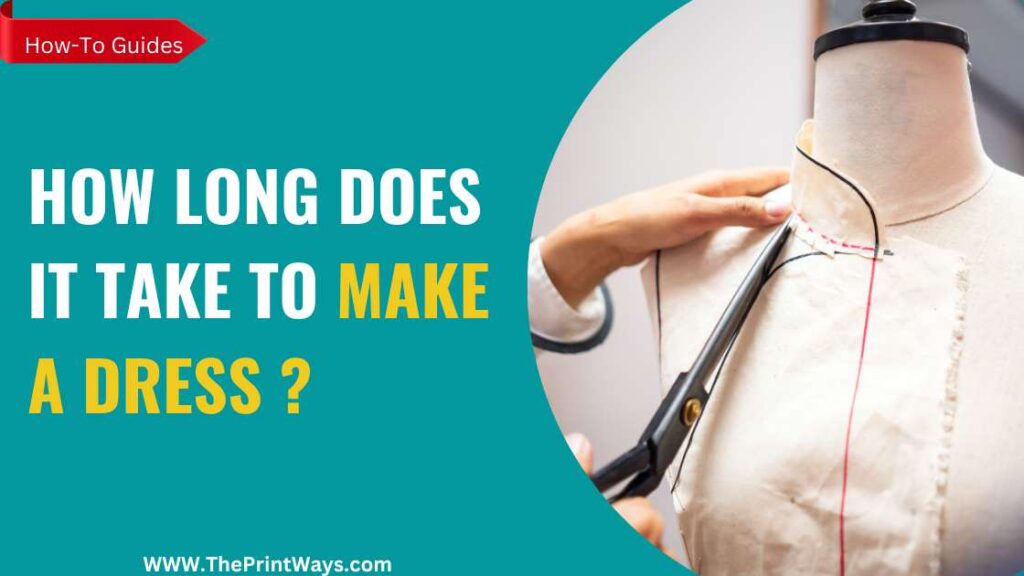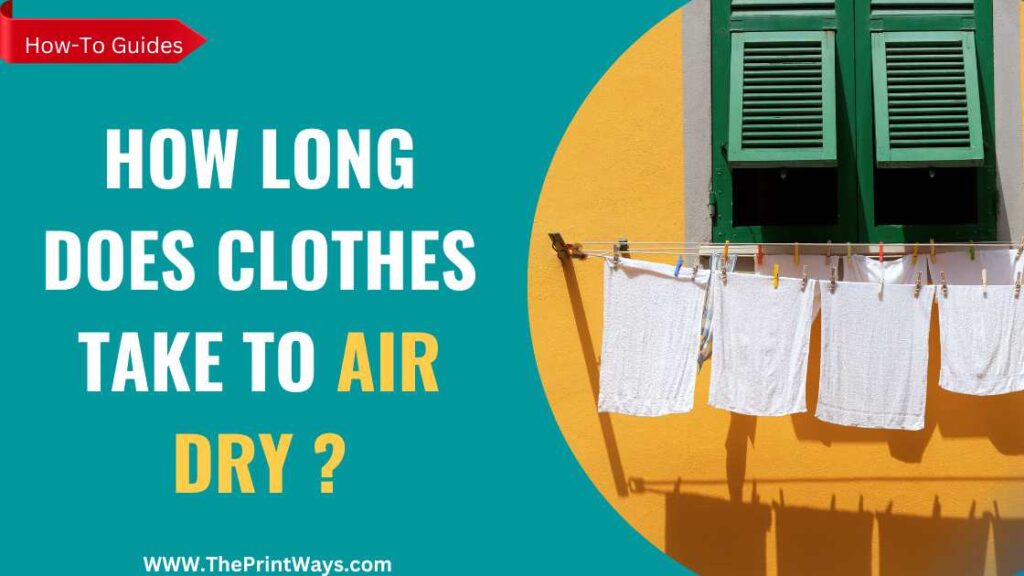The process of drying wet clothes can be a tricky and time-consuming task. It is important to consider the method used as it may affect the quality of clothing, energy efficiency or cost effectiveness.
Overall, by following these guidelines one can ensure their garments are properly dried with minimal risk of damage or potential fire hazards caused by improper usage of a dryer.
Can You Put Wet Clothes In The Dryer?
Putting wet clothes in a dryer is an increasingly common practice, as many people want to save time and effort when doing laundry.
However, drying wet clothes in a tumble dryer or other type of clothes dryer runs the risk of damaging them due to excessive heat exposure. It can also lead to shrinkage if certain fabrics are not washed on delicate settings first.
The decision whether to put wet clothes in the dryer should be taken with caution. Excessive heat from regular drying cycles may cause permanent damage and even discoloration over time.
Fabrics like silk and wool are especially prone to such risks, so it’s better to avoid putting these materials in the dryer altogether.
Additionally, some items that have been exposed to bleach might suffer further damage if they are dried incorrectly.
Overall, while there may be times when one needs quick-drying solutions for their laundry, it’s important to consider the potential consequences before putting any kind of clothing into a dryer.
What Happens When You Put Wet Clothes In The Dryer?
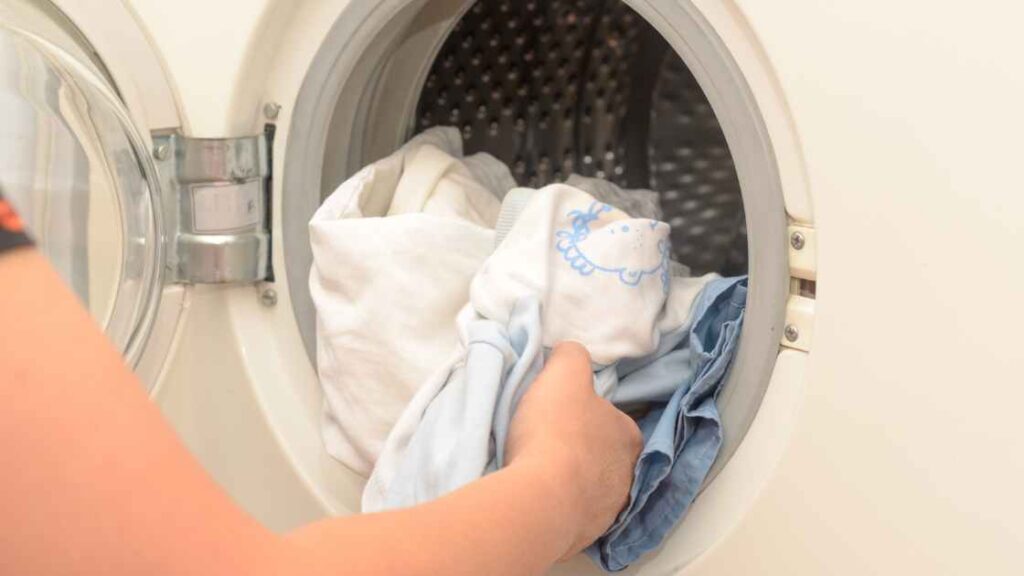
Putting wet clothes in the dryer can cause damage to both the clothing and the machine. The heat from the dryer will ruin the fabric of damp garments, leaving them misshapen or shrunken.
It can also lead to problems for the dryer itself as the moisture builds up during a cycle and causes elements such as heating coils to rust prematurely.
Related Post: How Long does Clothes take to Air Dry?
Here is an overview of some of the consequences:
* Fabric Damage – Wet items exposed to high temperatures may shrink, warp, become discolored, and/or lose their shape entirely.
* Machine Damage – Excess water buildup could corrode internal parts, leading to malfunctioning components that need replacing.
* Fire Hazard – If too much moisture accumulates inside the drum without being released through venting, it increases risk of fire due to overheating motors or other electronics.
* Costly Repairs – Fixing any damages caused by putting wet clothes in the dryer requires expensive replacements or repair services which can be avoided altogether if proper precautions are taken when laundry care instructions are followed closely.
* Mold & Mildew Growth – When left unchecked, mold spores on damp fabrics can spread quickly throughout your home and into HVAC systems creating additional health risks for you and your family.
Ultimately these risks far outweigh any potential gain from attempting to use a dryer with wet clothes since it’s not designed nor intended for this purpose anyway.
Taking extra time to hang-dry damp garments is always better than risking serious injury or costly repairs down the line.
Methods of Drying Without putting soaked clothes in Dryer
The best way to dry wet clothes without putting soaked clothes in dryer depends on the material of the clothing and whether or not an individual has access to a tumble dryer.
If drying in a machine, it is important to note that certain materials should be dried at different temperatures; for instance, cotton can generally handle higher temperatures than delicate fabrics such as silk.
There are several effective methods to dry without putting soaked clothes in dryer. Here are some of the best methods, along with detailed steps for each one:
Hang Dry Clothes:
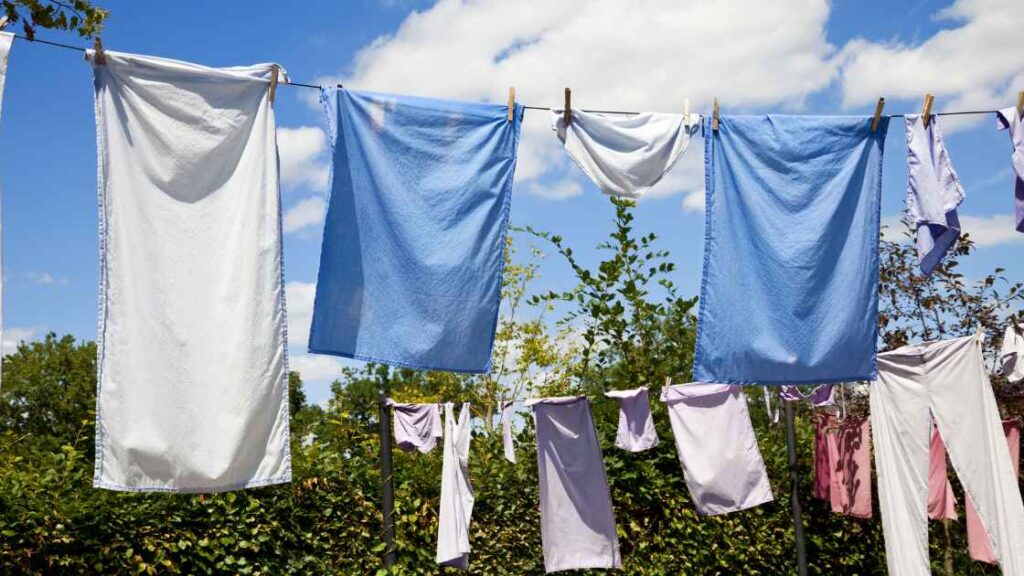
Hanging clothes to dry is a traditional method of drying clothes that does not require any electricity or special equipment. Here are the steps to follow:
Step 1: Choose a location to hang your clothes. This could be a clothesline, a drying rack, or even hangers.
Step 2: Make sure the area is well-ventilated and receives plenty of air circulation. This will help the clothes dry faster.
Step 3: Gently wring out any excess water from the clothes before hanging them up. This will help speed up the drying process.
Step 4: Hang clothes up one by one, making sure they are not touching each other to allow for better air flow.
Step 5: Leave the clothes to hang until they are completely dry. Depending on the humidity and temperature, this could take anywhere from a few hours to a full day.
Use a Dehumidifier:
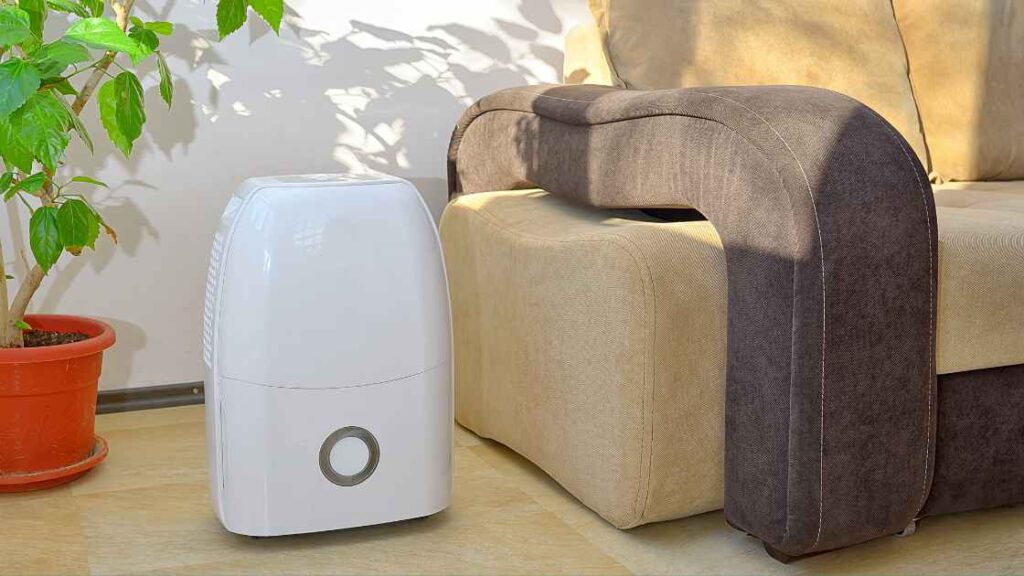
A dehumidifier can help to remove moisture from the air and speed up the drying process. Here are the steps to follow:
Step 1: Place the wet clothes in a well-ventilated room.
Step 2: Position the dehumidifier in the room, close to the wet clothes.
Step 3: Turn on the dehumidifier and set it to a high setting.
Step 4: Leave the dehumidifier on until the clothes are completely dry. Depending on the humidity and temperature, this could take anywhere from a few hours to a full day.
Also Read: How to get Transmission Fluid out of Clothes?
Use a Fan:
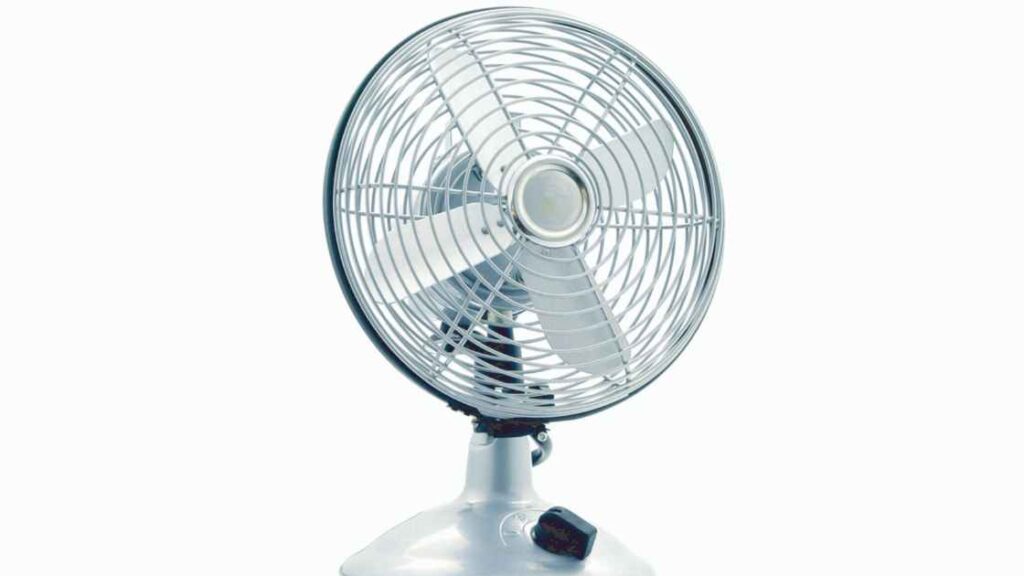
A fan can help to circulate air around the wet clothes, which will help them to dry faster. Here are the steps to follow:
Step 1: Place the wet clothes in a well-ventilated room.
Step 2: Position the fan in the room, close to the wet clothes.
Step 3: Turn on the fan and set it to a high setting.
Step 4: Leave the fan on until the clothes are completely dry. Depending on the humidity and temperature, this could take anywhere from a few hours to a full day.
Use a Towel:
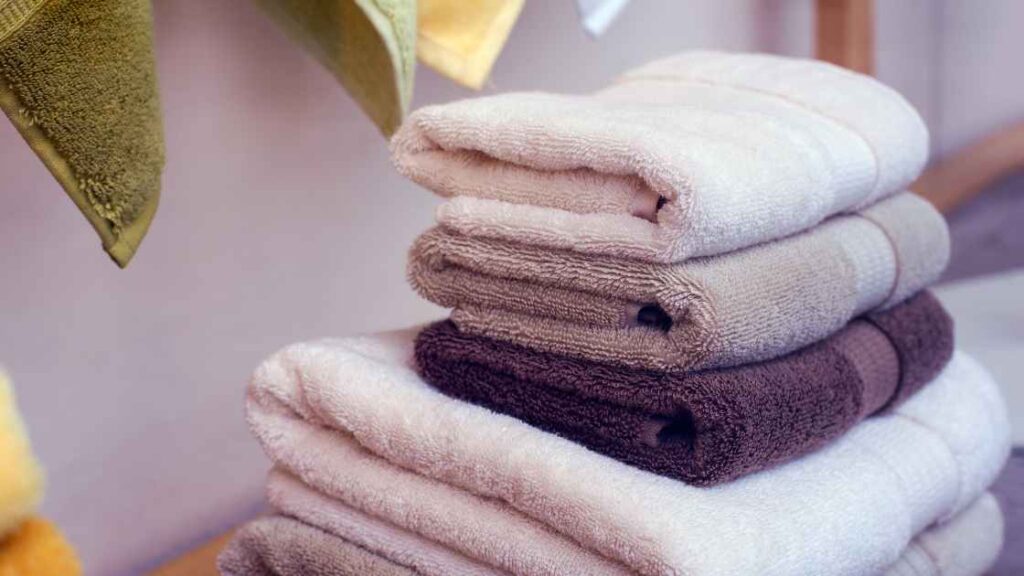
A towel can help to absorb excess moisture from the wet clothes, which will help them to dry faster. Here are the steps to follow:
Step 1: Lay a clean towel on a flat surface.
Step 2: Place the wet clothes on top of the towel.
Step 3: Roll the towel up tightly with the clothes inside.
Step 4: Gently press down on the rolled-up towel to help absorb excess moisture from the clothes.
Step 5: Unroll the towel and remove the clothes.
Step 6: Hang the clothes up to dry or lay them flat on a clean surface until they are completely dry.
Also Read: How to Soften Stiff thick Jeans?
Use a Hair Dryer:
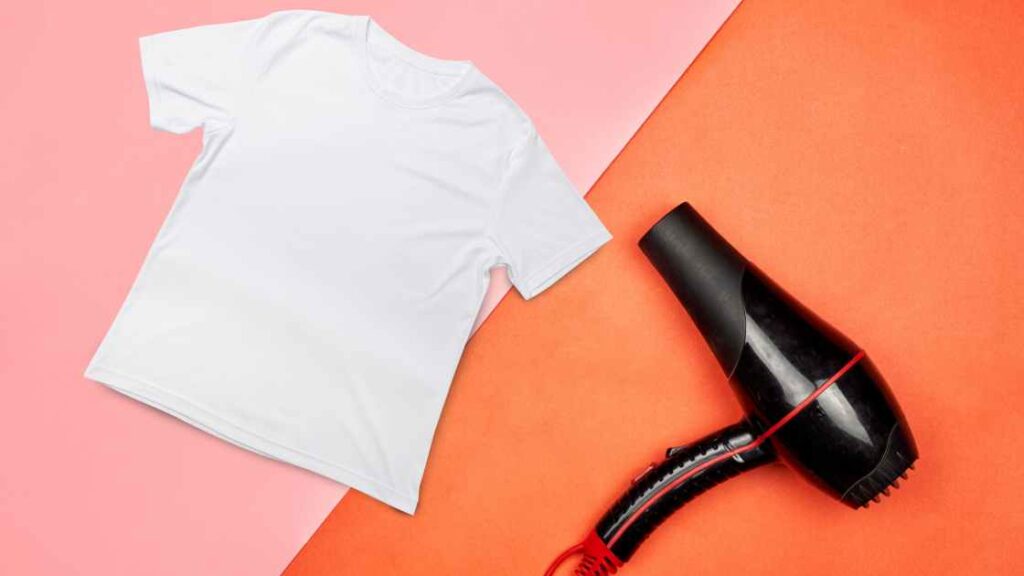
A hair dryer can be used to quickly dry small areas of clothing or accessories that may be difficult to dry with other methods. Here are the steps to follow:
Step 1: Plug in the hair dryer and set it to the low or medium heat setting.
Step 2: Hold the hair dryer 6-8 inches away from the wet area of the clothing or accessory.
Step 3: Move the hair dryer back and forth over the wet area until it is dry.
Step 4: Repeat this process on other wet areas of the clothing or accessory until it is completely dry.
Use a Clothes Spinner:
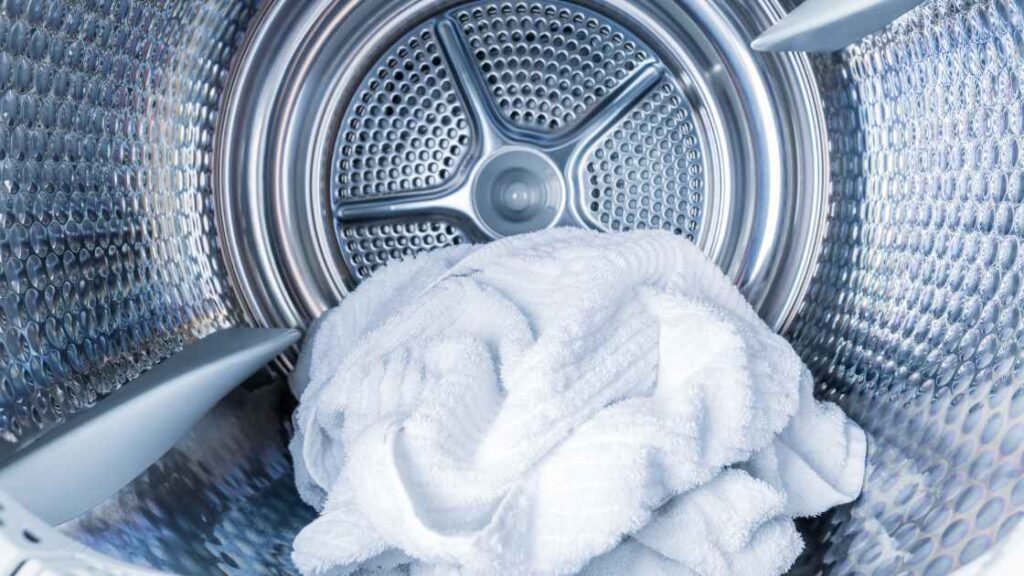
A clothes spinner is a device that uses centrifugal force to spin excess water out of clothing, which can help them dry faster. Here are the steps to follow:
Step 1: Load wet clothes into the spinner.
Step 2: Close the lid or cover of the spinner.
Step 3: Turn on the spinner and let it run for a few minutes.
Step 4: Stop the spinner and remove the clothes.
Step 5: Hang the clothes up to dry or lay them flat on a clean surface until they are completely dry.
Considerations For Wet Clothes
When considering whether or not to put wet clothes in a dryer, there are several important considerations to keep in mind.
– Pre-Treating Wet Clothes
Pre-treating wet clothes is an important step for maintaining the quality of fabrics. To pre-treat, start by identifying any stains and treating them with a stain remover before washing. There are many methods to choose from depending on the type of fabric:
- For delicate fabrics such as silk or wool, it’s best to condition them with special detergent and rinse in cold water.
- For more durable fabrics like denim or cotton, use clean detergent diluted in warm water and avoid rubbing harshly on stubborn stains.
- If there is heavy soil present, spot clean using a brush or sponge soaked in detergent solution before laundering.
Once all stains have been removed and the clothing has been rinsed thoroughly, they can be placed into the dryer at appropriate heat settings according to the care label instructions.
You May also like: How to Wash Sublimation Shirts? Complete Guide.
– Placement Of Wet Clothes In Dryer
When considering the placement of wet clothes in a dryer, it is important to take into account safety and efficiency.
Wet clothing should never be placed directly inside a dryer without first being spread out or shaken off. This helps avoid any water from spilling onto the heating element, which can cause damage and create a fire hazard.
– Setting The Temperature
When putting wet clothes into a dryer, many factors must be taken into consideration before setting the temperature. The optimal drying temperature for clothing depends on the type of fabric and how much water it contains.
Generally, lower temperatures are recommended for delicate fabrics such as wool and silk, while higher temperatures may be used for heavier items like towels or jeans.
– Timing For Drying
When it comes to drying wet clothes, the timing of a laundry cycle is essential. When using a dryer with an adjustable timer, setting the time correctly can help ensure that items are dried without excessive heat exposure or wear and tear on fabrics.
Depending on the type of fabric and how damp or soiled they may be, some items may need more time than others in order to properly dry. .
– Care And Maintenance Of Dryer
The care and maintenance of a dryer is essential for its efficient functioning. Dryers should be regularly cleaned to prevent build-up of lint and debris, which can cause the appliance to overheat or even catch fire in extreme cases.
Additionally, it is important to check hoses and vents are not blocked so air can circulate freely. It is also advisable to service the dryer annually by an authorized technician who can identify any potential problems before they occur.
Related: How to sublimate on Dark Shirts?
Frequently Asked Questions
Q: What Type Of Dryer Is Best For Wet Clothes?
When it comes to selecting the best type of dryer for wet clothes, several considerations must be taken into account. Front-loading and gas-powered models offer a vented-drying system that is both energy efficient and noise reduced.
Moreover, when compared to electric powered machines, gas-powered models are more economical in the long run; however they require proper ventilation which may not always be available depending on installation requirements.
Q: Can you put soaking wet clothes in the dryer?
Yes, you can put wet clothes in the dryer. However, the dryer may not be able to fully dry clothes that are soaking wet. It is recommended to wring out excess water or run a spin cycle in the washing machine before placing clothes in the dryer. This will help to reduce the amount of time and energy needed to dry the clothes.
Q: Can I put soaked clothes in the dryer?
Yes, you can put soaked clothes in the dryer, but it is recommended to remove excess water from the clothes before putting them in the dryer. This can be done by running a spin cycle in the washing machine or by wringing out the clothes by hand. Putting excessively wet clothes in the dryer can increase the drying time and energy usage, and may even damage the dryer.
Q: Can you dry Viscose in the dryer?
Viscose is a delicate fabric that can shrink or lose its shape if exposed to high heat, so it’s generally not recommended to dry viscose garments in the dryer. Instead, it’s best to lay the garment flat on a clean towel and let it air dry. If you must use a dryer, set it to the lowest heat setting and use a gentle or delicate cycle.
Conclusion
In conclusion, although caution needs to be taken when putting wet clothes into a dryer, if done properly and according to manufacturer guidelines then there isn’t any reason why this shouldn’t be a part of your regular laundering routine. Not only does it save time but also energy costs by reducing drying times significantly compared with air-drying methods.



